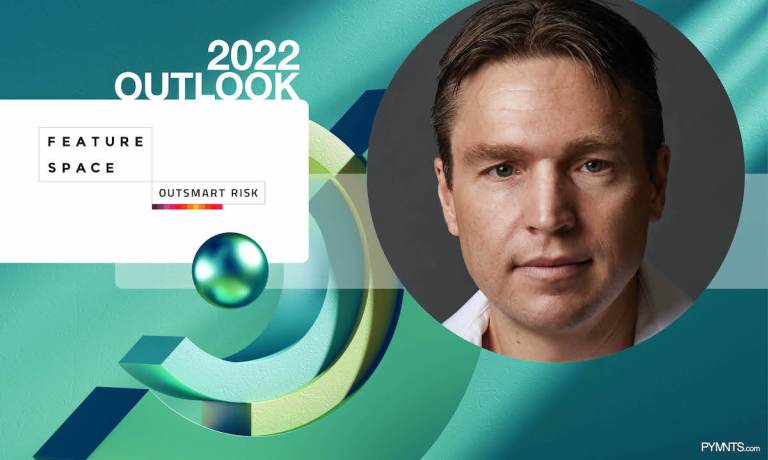FinCrime Predictions, Trends to Watch

The more things change, the more things stay the same. This has been made abundantly clear in the banking and finance sectors, where the circumstances that have accelerated digital transformations, writes Featurespace Founder Dave Excell. Read his thoughts on the top trends to watch in the PYMNTS eBook, “Endemic Economics: 32 Payments Execs on the ‘Next Normal’ That Never Happened.”
The more things change, the more things stay the same. This has been made abundantly clear in the banking and finance sectors, where the circumstances that have accelerated digital transformations — COVID, wider consumer adoption of digital banking, QR codes making a comeback and the shift from buy to subscribe — will create new opportunities and reinforce familiar challenges
With that in mind, let me outline what I believe to be the top 9 trends to watch out for in 2022:
1. Fraud will force every single bank to fight for its reputation
Our own research has found that banks are preparing to compete over whose fraud prevention is best. Consumer perceptions of each bank’s trustworthiness are now on the line.
2. B2B payments will experience intense disruption
The 2010s laid the groundwork for a revolution in consumer payments. The online shopping habits that took off during the COVID-19 pandemic were only possible because companies like Square and Stripe had been putting card readers in the hands of small businesses for years. Now, the B2B payments space gets its turn at digital disruption.
3. Anti-money laundering compliance will get to grips with crypto
NatWest was fined 265 million pounds at the end of 2021 for failing to prevent money laundering. As AML professionals know, financial criminals have become more efficient, and they leverage digital technologies such as cryptocurrencies and instant payments to make identifying and investigating financial crimes more challenging.
4. The global payments infrastructure will bend to consumers’ will
Consumers are savvy FinTech users. When they need to move money across accounts and across borders, they will find a way to do so. Consumers don’t want to pay foreign transaction fees or jump through hoops, and now they have sufficient power to decide which payments companies will thrive
5. Banks will push for help with scam liability
When a bank customer is tricked into sending a push payment to a scammer, there is clearly a need for justice. The money needs to be returned to its rightful owner. But who is on the hook for restitution?
In 2022, expect heated discussions around the question of who pays the bill for the costs of fraud.
6. Consolidation in payments will bolster fraud prevention
In the last two years, Visa has made three acquisitions. During that same period, Mastercard has made seven. The consolidation taking place in the payments vertical has the effect of centralizing huge sets of data previously siloed off in individual companies. This consolidation has major implications for payment companies’ ability to combat fraud.
7. Buy now, pay later will be an important front in the fight against fraud
Buy now, pay later (BNPL) has been booming in the United States, and companies such as Klarna have made BNPL a popular payment option for European shoppers. This makes merchants happy because it keeps money coming through the door. It also has created numerous opportunities for financial criminals — and added a new wrinkle to global fraud prevention.
8. Central bank digital currencies will gain wider traction
In 2021, decentralized finance platforms grew rapidly thanks to the availability of stablecoins, digital currencies whose values are pegged to a specific fiat currency like the U.S. dollar. Now, the central banks that issue those fiat currencies are looking for ways to reap digital benefits for themselves by providing regulated digital tokens that global financial institutions can rely upon for cross-border payments.
9. QR code payments will (finally) catch on everywhere
In Asia-Pacific countries, most consumers make payments and send money via QR codes. In Europe and North America, QR codes are mostly synonymous with proof of vaccination and restaurant menus. In 2022, that gap will close considerably.